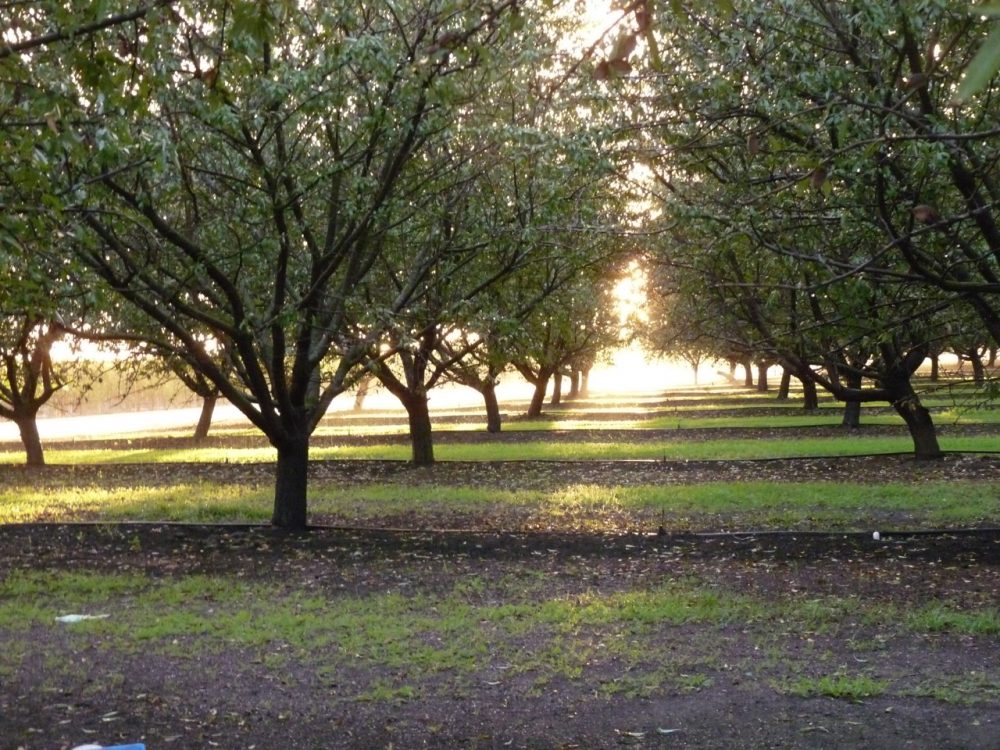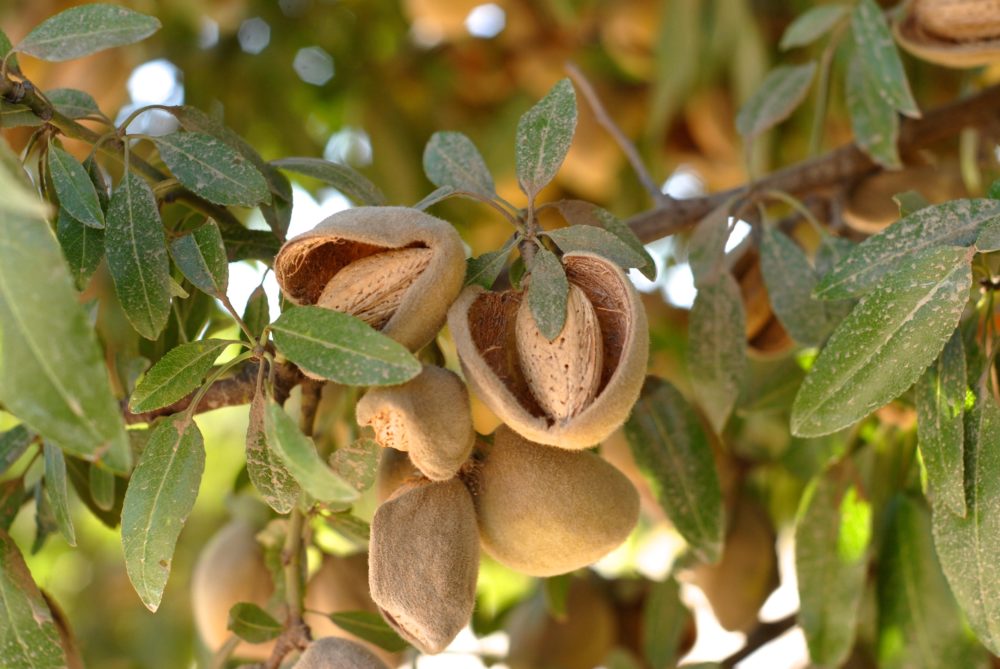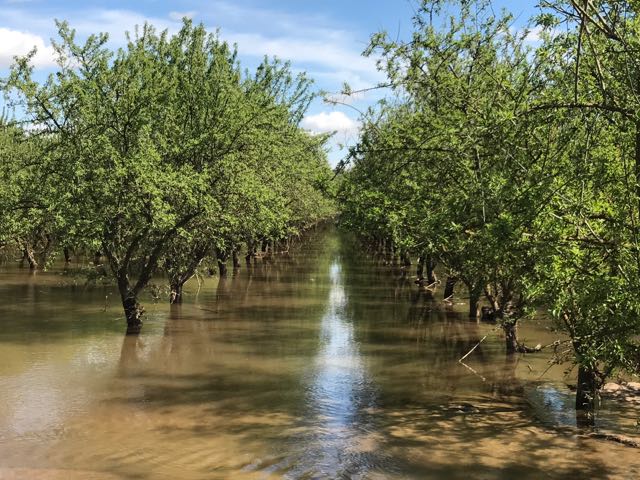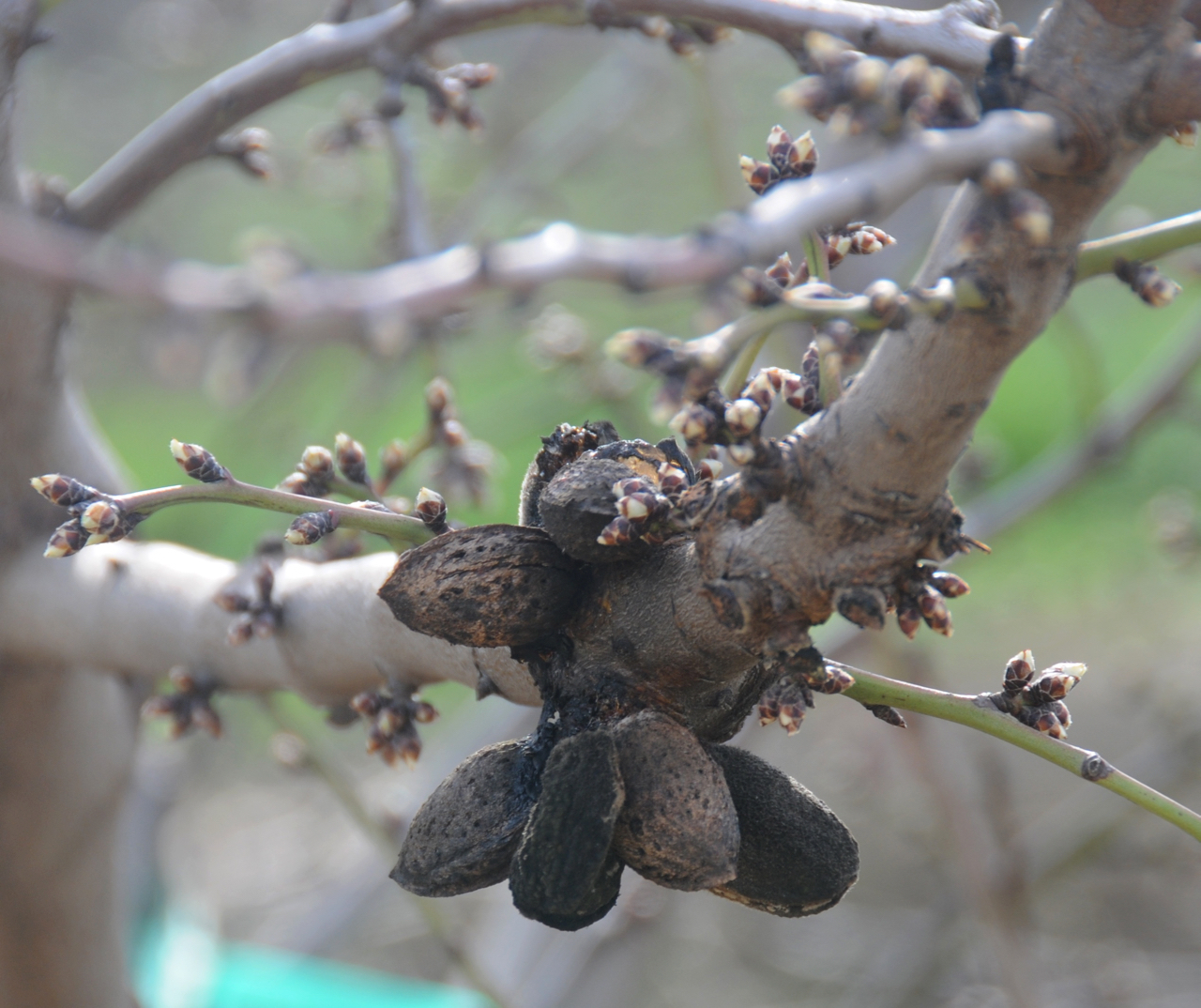Consistent Production is Key in Almonds
Keep Almond Farming Simple and to the Point
By Patrick Cavanaugh, Editor
Franz Neiderholzer is a UCANR Farm Advisor based in Colusa County and he also works with growers farming almonds in Sutter and Yuba Counties.
He says consistent production is the key.“Once the orchard has been laid out and the pruning’s been selected, an you’ve grown trees to fill their space, how do you maintain good production year in and year out for a mature orchard? Consistent production is your goal,” Neiderholzer said
Neiderholzer explains the steps toward good production. “You provide the resources the trees need, set them up, but don’t try to force it,” Neiderholzer said.
“Mother Nature is going to give you the crop that the weather conditions at bloom will allow and whatever environmental conditions occur throughout the rest of the season. But there is no silver bullet. You need to maintain consistent practices and spend money on good bees, an adequate crop protection practices,” Neiderholzer
“Do the fundamentals and the rest of it should follow. So again you need adequate pollination and nut set, careful irrigation in nutrition and protecting the canopy through crop protection practices and adequate nutrition and irrigation,” he said.
























